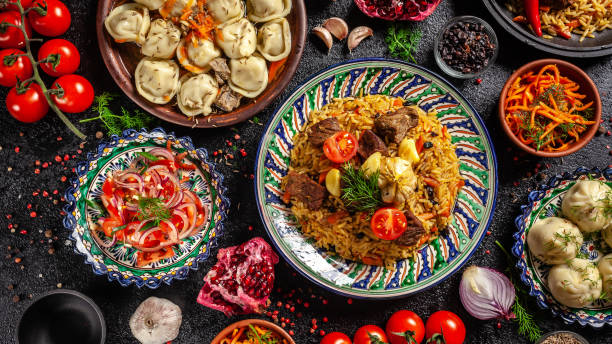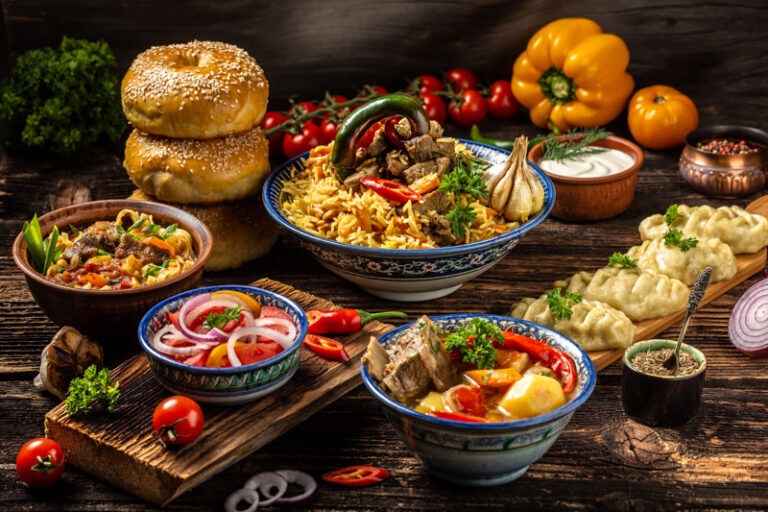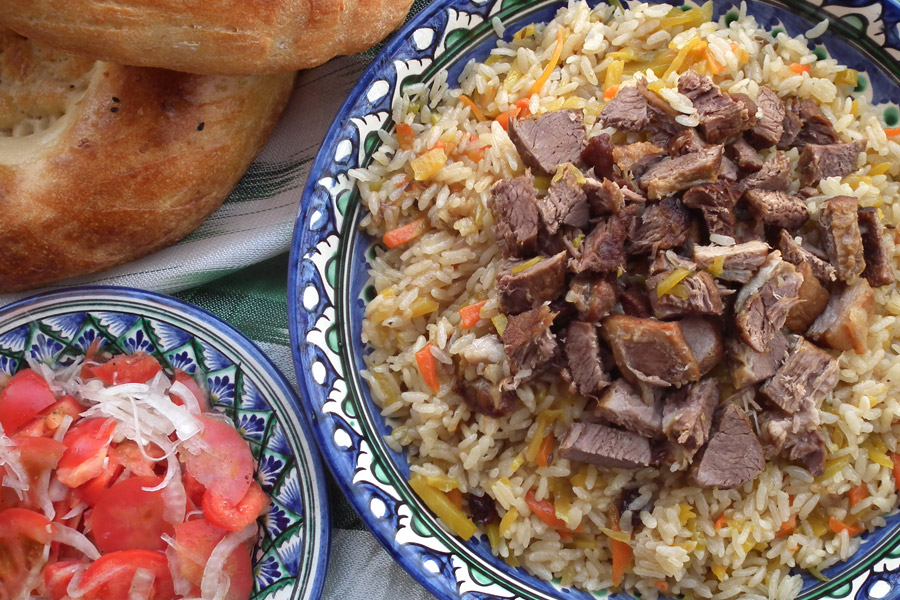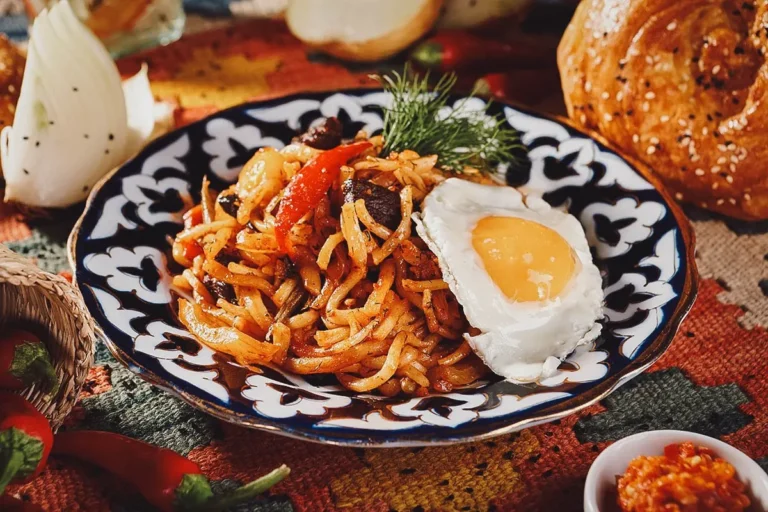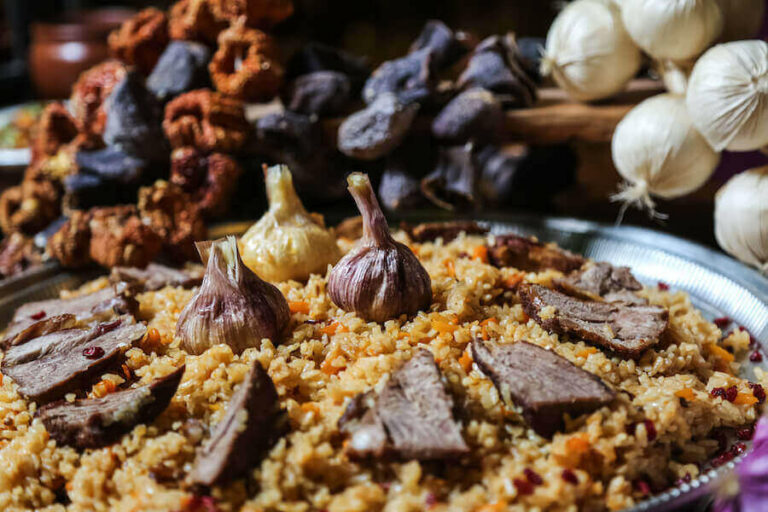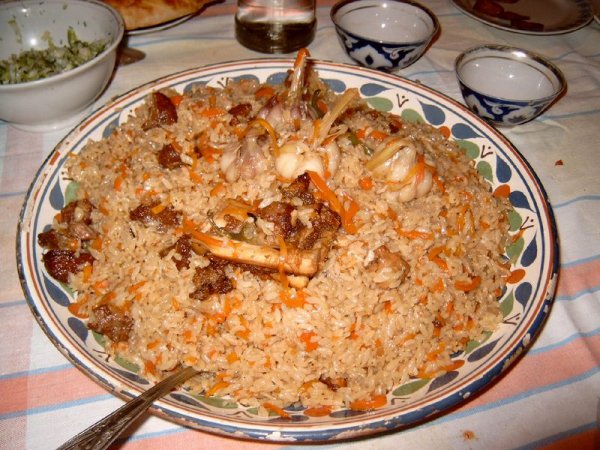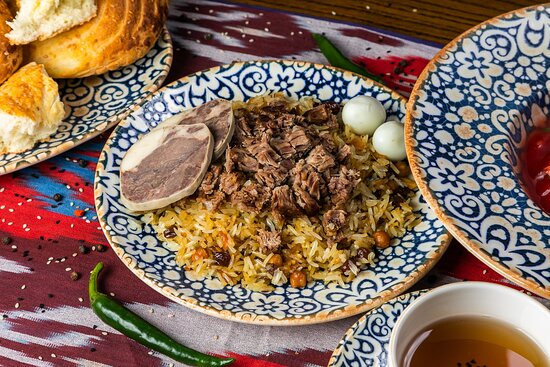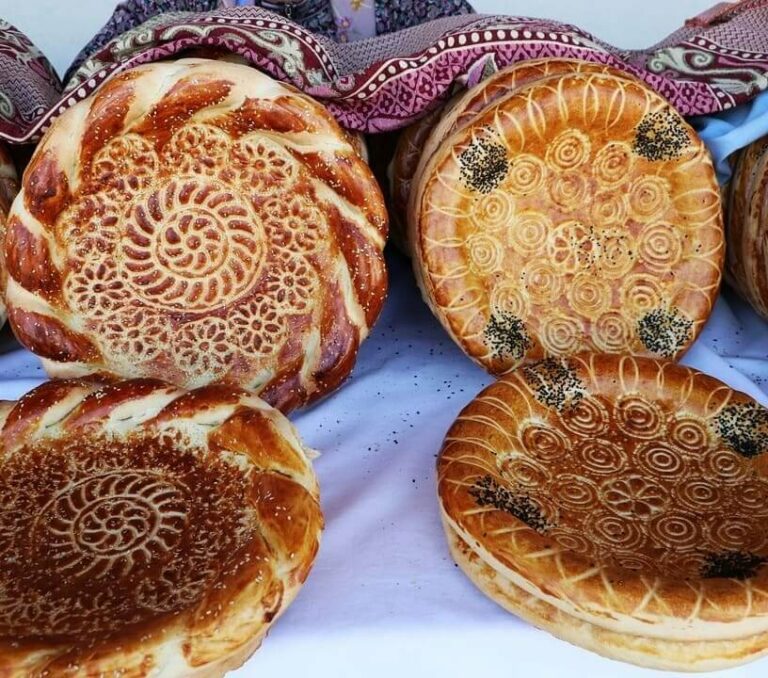Introduction: Uzbek Cuisine and Vegetarianism
Uzbek cuisine is widely appreciated for its rich flavors, unique cooking techniques, and abundant use of spices. However, it is not often considered a vegetarian-friendly cuisine. This is because the traditional Uzbek cuisine has a strong focus on meat-based dishes, with beef, lamb, and chicken being the main ingredients. Nevertheless, Uzbek cuisine still offers a variety of vegetarian options that can satisfy any vegetarian or vegan traveler.
The Traditional Uzbek Cuisine: Meat-based Dishes
The traditional Uzbek cuisine is heavily influenced by nomadic lifestyles and the harsh climate of Central Asia. Therefore, meat-based dishes are considered the staple of Uzbek cuisine. The most famous meat-based dishes include plov, shashlik, and manti. Plov is a rice dish cooked with meat, onions, and carrots, while shashlik is a skewer of marinated meat, usually lamb or beef, grilled over an open flame. Manti, on the other hand, are steamed dumplings filled with meat and onions.
Vegetarian Options in Uzbek Cuisine: Appetizers and Salads
Vegetarian options in Uzbek cuisine often come in the form of appetizers and salads. For example, achichuk is a refreshing salad made of tomatoes, cucumbers, onions, and herbs, dressed with vinegar and oil. Another classic Uzbek appetizer is samsa, a savory pastry filled with vegetables such as potatoes, onions, and pumpkin. Additionally, lagman, a noodle soup that comes with different vegetables, can also be ordered without meat.
Vegetarian Options in Uzbek Cuisine: Main Dishes
Vegetarian main dishes in Uzbek cuisine are not as common as meat-based dishes, but they are still available. One of the most popular vegetarian options is shakarob, a sweet and sour stew made with carrots, raisins, and onions. Another vegetarian option is the pilaf of the green (sabzi) which is rice cooked with herbs and spices such as dill, coriander, and cumin.
Vegetarian Options in Uzbek Cuisine: Desserts and Beverages
Uzbek cuisine also offers vegetarian-friendly desserts and beverages. One example is halva, a sweet confection made of sesame seeds, sugar, and nuts. Another famous Uzbek sweet is chak-chak, which is a crispy doughnut dipped in honey or sugar syrup. As for beverages, Uzbekistan is known for its tea culture, and herbal teas are commonly served in restaurants. One particularly popular tea is made of chamomile flowers, which is believed to have health benefits.
Conclusion: Uzbek Cuisine Can Be Vegetarian-Friendly
Although the traditional Uzbek cuisine might seem challenging for vegetarians and vegans, the country still offers a variety of vegetarian options that cater to their dietary needs. Travelers should not hesitate to try the vegetarian dishes and snacks, as they are often rich in flavor and represent the unique culinary history of Uzbekistan.

